Rack and pinion bushings, also known as steering racks bushings, is a part made out of steel that is linked between the frame of your vehicle and the steering rack.
The job of a steering rack bushing is to lessen the vibrations caused by the movement in the suspension as you steer your car and complete turns.
Unfortunately, these vibrations can lead to a bit of deterioration on the rack and pinion bushing. Thus, it’s crucial to guarantee that you check your steering rack bushing regularly.
1 How Long Does Steering Rack Bushing Last?
One of the most common questions that car owners ask is “how long does a steering rack bushing last?”
Well, the answer greatly depends on how you utilize your vehicle. Keep in mind that a rack and pinion seal are made out of rubber.
Rubber will become brittle and dry. It will also crack and shrink. The steel component of the steering rack bushing can also be damaged, especially if corrosion and rust set in.
That is why there isn’t any firm lifespan for the bushings.
2 What Are the Indications of a Bad Steering Rack Bushing?
A bad steering rack bushing will lead to a couple of issues in your vehicle. This will indicate that your vehicle requires a new steering rack bushing.
We can take 92-95 Civic Power Steering Rack as an example. Here are some of the most common signs that you have bad electric rack and pinion bushings:
Noise When You Go Over Bumps
A bad steering rack bushing can result in a noticeable clunk sound when you go over bumps. The reason for this is that there's excessive movement of a loose steering rack.
Also, you might begin to notice that your steering wheel feels bumpier. This is an indication of increased pressure on the suspension.
You will need to address this issue by hiring a mechanic to check your car.
Inconsistent Steering Resistance
This is a severe issue and is an obvious sign that your vehicle requires an inspection from a mechanic right away.
As your rack and pinion bushings go bad, your steering rack will begin to bind in a single direction. However, it enables looser and more free movement on the other.
A Lot of Free Play in the Steering Wheel
For those who don’t know, free play refers to the tiny area in the steering when you turn the wheel and does not seem to affect the steering.
During normal situations, free play ideally should be low. However, you might notice a lot of free play if the rack and pinion bushings get tons of damage.
Wrong Alignment
Just like any steering or suspension part, low-quality steering rack bushings would make it hard to get your car properly aligned.
This can cause the wheels of the car to wander a little when you drive. You might feel as if your alignment is changing while driving.
Clicking Sounds While Steering
The clicking or popping sound that you hear when you turn the wheel is also a sign that the rack and pinion bushing of your vehicle is bad and requires replacement.
So, what causes the clicking noise in the steering wheel? For those who don’t know, the damaged bushings loosen the steering column.
This leads to the misalignment of the steering box. Aside from that, there will be a popping noise in the joints of the steering box. It will generate the “popping” noise as well in the steering wheel.
In these cases, it will be better for you to replace the electric rack and pinion bushings of your car.
Clunking Noise When Turning
When you drive your car, do you notice any clunking noise from the front of your vehicle? Do you notice these noises becoming more and more prevalent when you drive over a speed bump, cement seams, or road crack?
Well, the reason for this might be a damaged or loose bushing. It means that one of your car’s bushings is damaged. This can include stabilizer bar bushings, upper control arm bushings, or steering mounting bushings.
If this is the case, you will have to fix your car’s suspension or steering right away. Thus, it’s a wise move to immediately call a mechanic once you notice these sounds.
Jerks the Steering Wheel
Are you noticing that the steering wheel of your vehicle isn’t following your directions? Do the wheels turn left even if you did not turn in that direction?
Well, these sudden movements are indications of bad rack and pinion bushings. Without a doubt, it is a dangerous issue that can lead to a steering lock or an accident.
Thus, you should not overlook this problem. Immediately hire a professional mechanic for help.
2 Why Do Rack and Pinion Bushings Go Bad?
Your rack and pinion seal works the most whenever you drive your vehicle. In addition to that, they are exposed to heat, cold, water, road salt, debris, sand, and other threats.
It will affect the rubber part of the bushings.
As time passes by, the rubber will become dry and brittle. It will also crack and shrink. Aside from that, it will also have a huge influence on the steel part of the bushings.
That is why the steering of your vehicle wears a lot quicker when you drive your car frequently.
To avoid this kind of situation, you have to always buy a high-quality rack and pinion bushing when you’re replacing the old ones.
Always choose high-quality steering rack bushings to guarantee you get better performance.
3 How Do You Inspect Your Steering Rack Bushings?
As mentioned earlier, the steering rack bushings are pieces of rubber that go between the rack mounts and the steering rack. They’re semi-hard-shaped pieces of rubber.
The job of a steering rack bushing is to isolate the steering rack from road vibrations so that you won’t feel it in your hands.
If your hands constantly feel the vibration, it will lead to numbness and pain over time.
If you want to figure out the current condition of your steering rack bushings, you have to inspect them properly.
First of all, you need to elevate your car’s front end. Make sure you raise it enough that you can safely and comfortably crawl under it.
Put the jack stands under the frame behind the rear wheels and lower your vehicle slowly onto the stands.
When looking at the bushings, make sure you use your glasses when needed. You should look for fraying or cracking. However, just because you do not see any clear cracks or frays does not mean your bushings are in excellent shape.
Next, you have to check if the rubber in the bushings has begun to weaken and break down. If that is the cause, the rack can move around in the mounts.
This can lead to control problems as well as a couple of steering wheel vibrations.
Tips for inspecting your steering rack bushings:
- Hold the rack near one of the bushings, then pull and push it. If you notice small and hardly noticeable movement, your bushings are fine.
- You need to replace the bushings if you can see the rack sliding back and forth, even if it’s just minor movement.
- You will need to replace the bushings if you notice any deflection.
- Have someone yank the steering wheel of your car while you observe the bushings and rack.
4 How To Replace a Bad Steering Rack Bushing?
All SUVs, trucks, or cars you see on the road are armed with a steering rack. The rack is driven by the power steering gearbox that gets input from the driver whenever they use the steering wheel.
As the steering rack turns right or left, the wheels also smoothly turn. However, there are occasions when the steering might feel bumpy or a little loose.
There are also times when you might hear a noise like something is about to drop off the car. Usually, these are signs that the rack and pinion bushings are worn out and you have to replace them.
When replacing the steering rack bushings, you’ll need a couple of items. This includes:
- Steel wool
- Safety gear
- Steering rack bushings replacement
- Penetrating oil
- Jack and jack stands
- Airlines or impact wrench
- Flashlight
- Ratchet wrench or boxed end wrench
- Ball-peen hammer
Step 1: Remove the Battery of Your Car
Once you raise your car using the jack stand, the first thing you need to do is to disconnect the power supply.
Find the battery of your car and disconnect the negative and positive battery cables before you proceed.
Step 2: Get Rid of The Skid Plates or Lower Belly Pans
To get clear access to the steering rack, you will have to get rid of the engine covers (lower belly pans) and skid plates.
Typically, you’ll find these under your car. On a lot of cars, you will also have to get rid of a cross member that runs perpendicular to the engine.
For exact directions on how to finish this step, you should always read the service manual of your particular vehicle.
Step 3: Get Rid of the Driver Side Steering Rack Bushing and Mount
Once you have a clear entrance to the steering mounts and rack, the next thing you’ll need to do is to get rid of the driver-side mount and bushing.
You will need to utilize an impact wrench and an end wrench to finish this step.
Also, you’ll have to spray every steering rack bolt with penetrating oil. Allow the oil to soak for a couple of minutes.
From the steering rack, get rid of any electrical harnesses or hydraulic lines.
Insert the socket wrench or impact wrench end on the nut that faces towards you. Then, put the boxed end wrench end on the bolt behind the mount.
Use the impact wrench to get rid of the nut while the end wrench holds the pressure. After you remove the nut, utilize a ball-peen hammer to knock the end of the bolt through the mount.
Once it’s loose, you can remove the bolt from the mount and bushing. After removing the bolt, remove the steering rack free from the mount or bushing and allow it to hang.
Step 4: Get Rid of the Passenger Side Crossmember Mount or Bushing
There will usually be two mounts that hold the steering rack. This is particularly true if your car isn’t a 4-wheel drive.
If there is a support bar blocking the way, getting rid of the passenger side bolts can be challenging.
In some cars, you’ll have to get rid of this support sway bar before you can access the top bolt. Always follow the service manual of your car for accurate directions on how to get rid of the passenger side steering rack bushings and mounts.
First, get rid of the top bolt. You can get rid of the top nut first using the impact wrench and the corresponding end wrench. Once that is done, you can get rid of the bolt.
Next, after you remove the bolt from the top mount, get rid of the nut from the bottom bolt. However, you shouldn’t get rid of the bolt yet.
Third, after you remove the nut, hold the steering rack with your hand while driving the bolt through the bottom mount.
The steering rack might come loose on its own when the bolt goes through. Because of this, you’ve got to support the rack with your hand so it won’t fall on you.
Lastly, get rid of the mounting brackets and put the steering rack on the ground.
Step 5: Get Rid of The Old Bushings from Both Mounts
Once you remove the electric rack and pinion and place it somewhere safe, you can remove the old bushings from the mounts.
For this process, you might want to read the car’s manual for the recommended steps.
Step 6: Use the Steel Wool to Scrub the Mounting Brackets
After removing the old bushings, use the steel wool to scrub the inside of the mounts. This will guarantee that the new bushings would fit properly.
Aside from that, it will also secure the steering rack better since you’re removing the debris.
Step 7: Install the New Bushings
The ideal approach to installing new bushings depends on the mount type. On most cars, the mount on the driver-side will be round.
The mount on the passenger side will consist of two brackets with bushings in the middle of them.
Read the manual of your car for the ideal directions on how to install the rack and pinion bushings for your car properly.
Step 8: Reinstall the Steering Rack
After you replace all the steering rack bushings, you have to reinstall the steering rack under the car.
You can follow the steps below. However, you should also read the car’s manual for proper directions.
First, you need to install the passenger side mount. You can place the mounting bushings on the steering rack and insert the bottom bolt first.
The steering rack should be secured by the bottom bolt. Once it’s done, insert the top bolt. Once you insert both bolts into the mounts, secure the nuts on both bolts. However, you shouldn’t completely tighten them yet.
Next, attach the driver-side mount. Once you secure the passenger side, attach the driver-side rack mount. Install the bolt and guide the nut onto the bolt slowly.
After you install both sides and the bolts and nuts are connected, tighten them using the suggested torque settings of the manufacturer. You can find this in the service manual.
Reconnect any hydraulic or electrical lines attached to the steering rack that you disconnected.
Step 9: Replace the Skid Plates and Engine Covers
Earlier, you removed the skid plates and engine covers. Now is the time to reinstall them.
Step 10: Reconnect the Battery
Reconnect the negative and positive wires to the car’s battery.
Step 11: Refill the Power Steering Fluid
There’s a possibility that the power steering fluid for your car won’t be enough. Thus, you have to refill it.
You can do this by turning on the engine and inspecting the power steering fluid reservoir. Follow the directions on the car’s manual.
Step 12: Examine the Steering Rack
You can turn on your car and steer it to the right and left a couple of times.
Try to look under your car for any leaking fluids or drops. If you notice any leaking fluid, turn off the engine and tighten the connections.
Step 13: Test Drive Your Car
Lower your car from the jack stands. Then, try to take your car on a 15-minute road test. Ensure that you take your car through normal city driving conditions.
Don’t take your car on a bumpy road. You need to go easy on your car at first to enable the new bushings to settle in.
5 Conclusion
Steering rack bushings make your vehicle steer and turn smoothly. Unfortunately, if these components deteriorate, it will compromise the safety of your vehicle.
As soon as you notice signs of a bad rack and pinion bushing, don’t hesitate to hire a professional mechanic to check your car as soon as possible.
The Previous Articles:
What Is Rack and Pinion Bushing? How To Tell If Rack and Pinion Bushings Are Bad?
Why Steering Rack Makes Noise When Turning?
How To Rebuild A Steering Rack?
What Is A Rotary Valve Power Steering Rack?
Rack And Pinion System Vs Power Steering System: What Are The Differences?
Power Steering Rack Market Analysis Report (Japan Market)
What Causes Steering Rack to Go Bad?
Design Of Car Rack And Pinion Steering Racks
What Is The Intelligent Steering Rack Used By VW, Toyota, Honda And Renault?



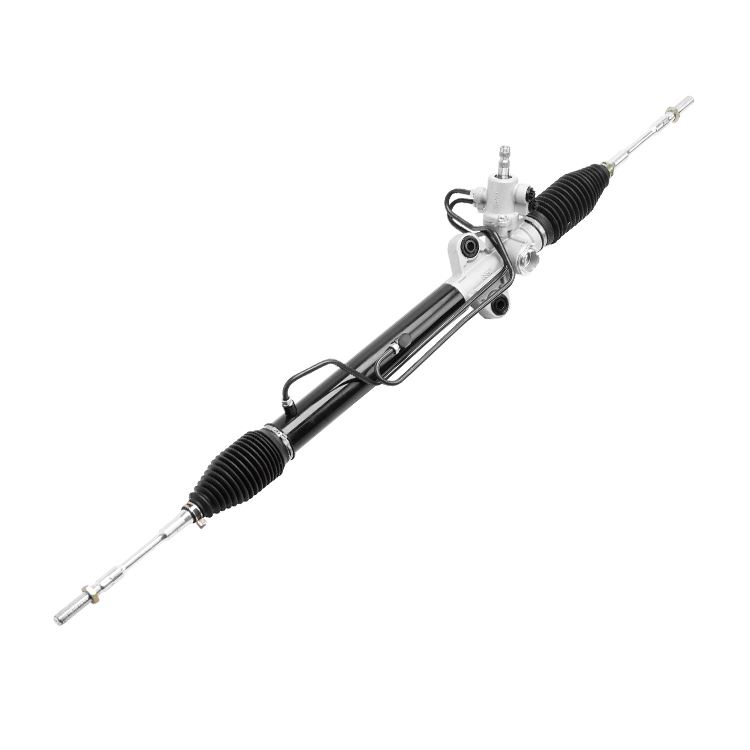

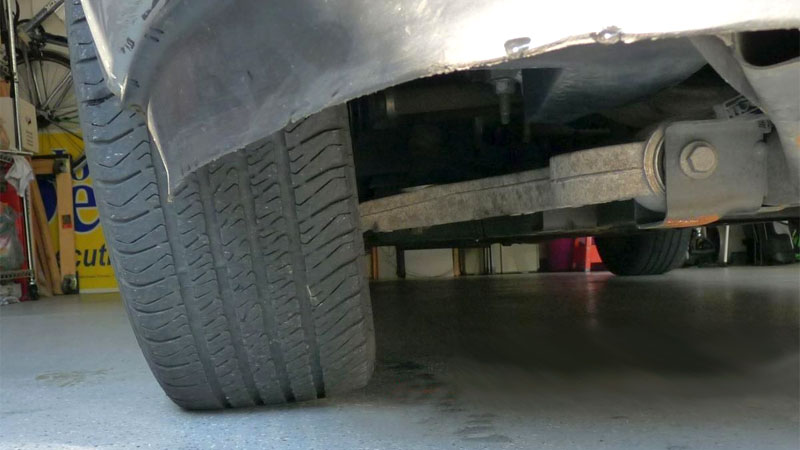


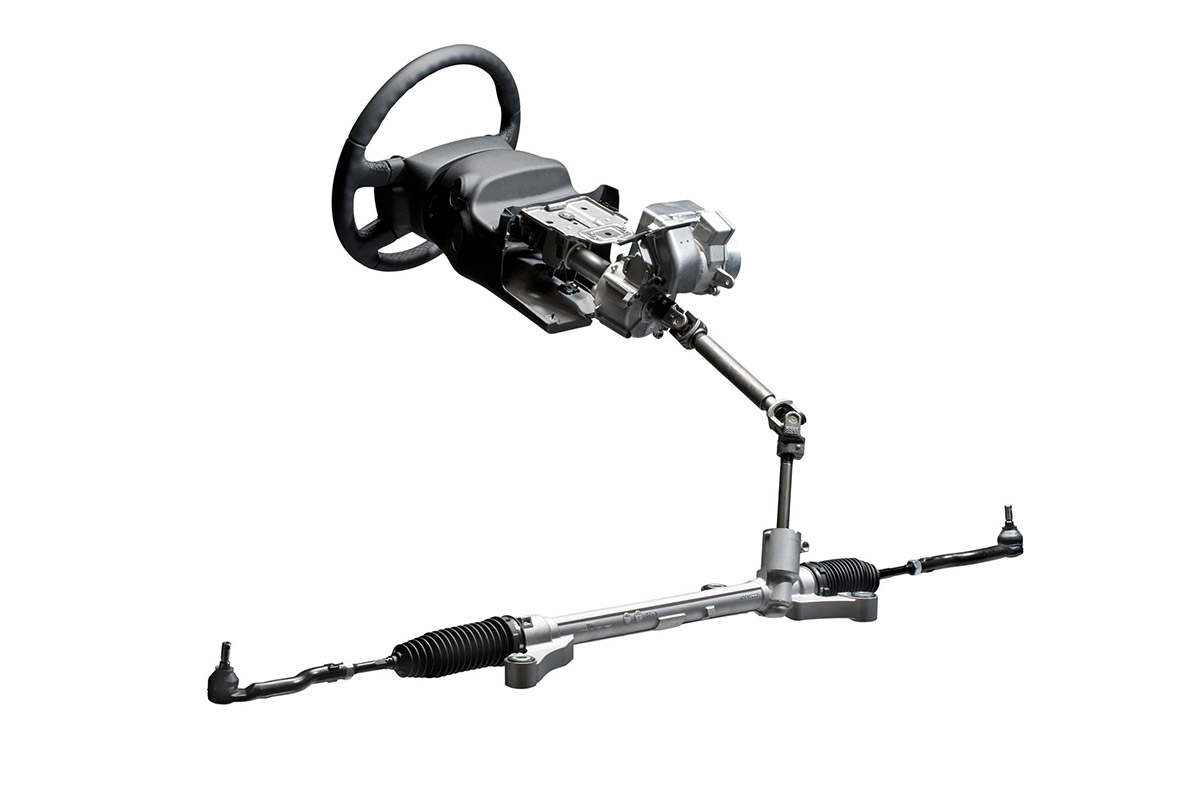

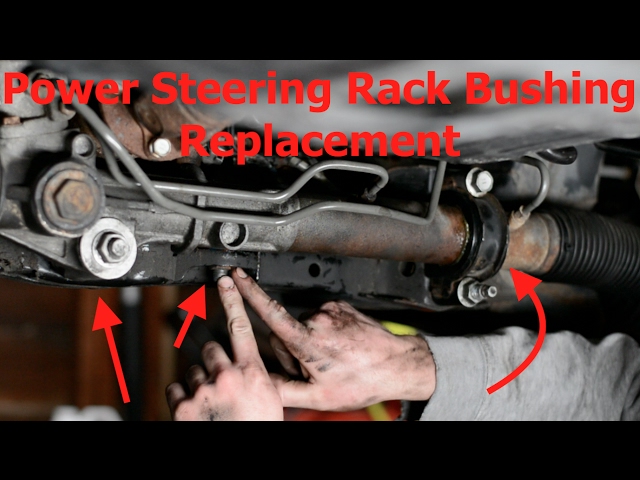
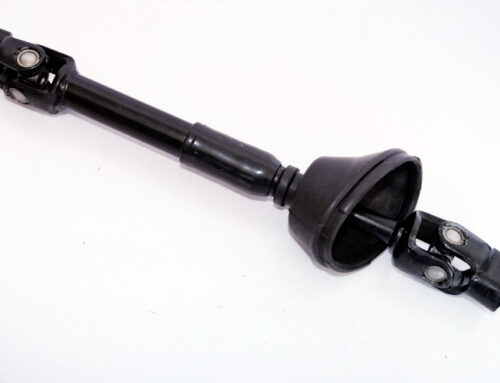
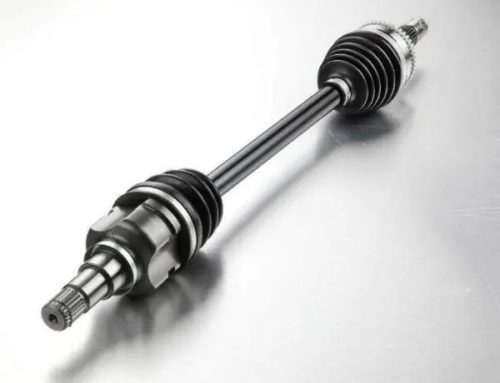
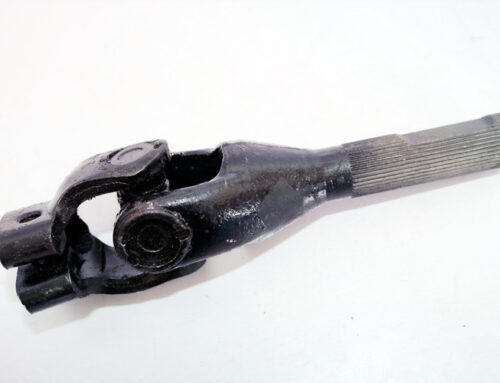
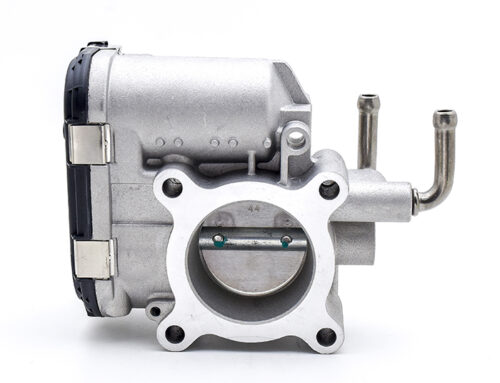
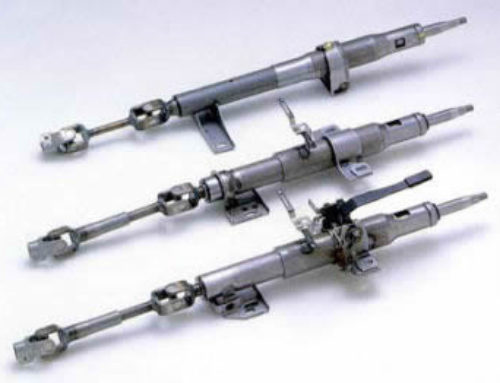
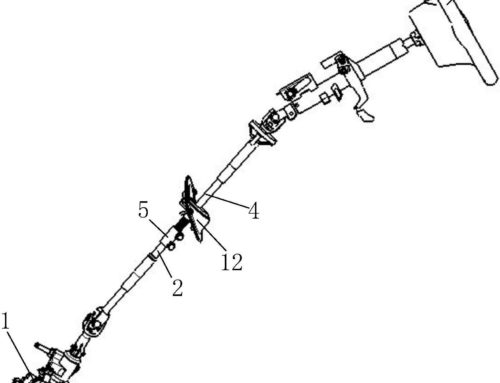
It’s perfect time to make some plans for the future and it’s time to be happy. I’ve read this post and if I could I desire to suggest you few interesting things or suggestions. Perhaps you can write next articles referring to this article. I want to read more things about it!
thank you!
It抯 truly a great and helpful piece of information. I抦 glad that you simply shared this useful information with us. Please keep us up to date like this. Thanks for sharing.
thank you!
Hey There. I found your blog using msn. This is a really well written article. I will be sure to bookmark it and come back to read more of your useful information. Thanks for the post. I抣l certainly return.
thank you:)
What¦s Happening i’m new to this, I stumbled upon this I’ve discovered It absolutely useful and it has aided me out loads. I’m hoping to give a contribution & assist other customers like its aided me. Great job.
It’s really a cool and helpful piece of information. I am satisfied that you shared this helpful info with us. Please keep us informed like this. Thanks for sharing.